
Egypt 2003: Abu Simbel
The more southerly temple of Ramesses II sets the tone with its facade (108 feet high x 125 feet wide) of four colossal statues of Ramesses II facing the east. The smiling king sits enthroned, wearing the double crown of Upper and Lower Egypt. His subjects, including princesses, princes, the queen mother and his first queen Nefertari, are depicted on a much smaller scale, standing at his feet. The power of Ramesses II extending over the enemies of Egypt is represented on the sides of the thrones where the conquered nations are placed to the north or south according to their geographical position. As if to greet the rising sun, twenty two baboon statues stand upright above the cornice and look down on the falconheaded sun-god Re who receives an offering from Ramesses II. In the darkness of the pronaos a colossal Osiride statue Ramesses II supports the roof, glorifying the perpetuity of royal power in the Hereafter. He wears the White Crown of Upper Egypt in the southern half of the pronaos and the Red Crown of Lower Egypt in the northern half. On the walls are scenes of Ramesses II's military victories, including the famous Battle of Kadesh proclaimed by the Egyptians as a glorious victory over the Hittites. The scenes show the king holding a council of war and the troops leaving the Egyptian camp for Kadesh, situated on the banks of the River Orontes. The inevitable confrontation is directed, from his chariot, by the king who then charges into battle and brings back prisoners whose hands and genitals have been cut off to help assess their numbers. The pronaos leads into a series of (sometimes unfinished) rooms: magazines where ritual items were kept and rooms with benches on which offerings were placed.
The facade of the Temple of Nefertari echoes the theme of the royal colossus of Ramesses II, which alternates with statues of his first queen Nefertari, in the guise, of Hathor-Satis, and their children. The pronaos, whose six Hathor pillars replace the Osiride pillars of the speos of Ramesses II, is decorated with scenes which show the king massacring the various enemies of Egypt in the presence of Nefertari while the queen herself makes offerings to the goddesses Mut and Hathor (far wall). Three doors in the pronaos open onto the vestibule preceding the sanctuary set deep in the hillside. Inside this rocky "womb" the goddess Hathor appears as the Hathor cow, protecting the breastplate of Ramesses II, while on the south wall the king glorifies hi own image and that of his deified queen. On the north wall Nefertari performs the rites of divine worship under the watchful eye of Mut and Hathor.
In 1968 the Egyptian government, in association with UNESCO, undertook a truly "Pharaonic" task. The two speos of Ramesses II and Nefertari were cut into sections, strengthened, dismantled and reconstructed on the summit of a rocky outcrop of the Libyan mountains which overlooks the Nile at this point. The original site, at the foot of the cliff, was completely submerged following the construction of the Aswan High Dam.
 abusimbel/j001.jpg
abusimbel/j001.jpg
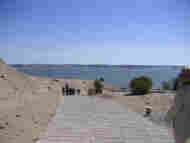 abusimbel/j002.jpg
abusimbel/j002.jpg
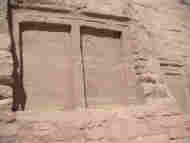 abusimbel/j003.jpg
abusimbel/j003.jpg
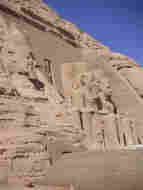 abusimbel/j004.jpg
abusimbel/j004.jpg
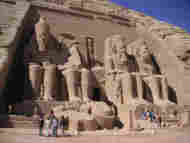 abusimbel/j005.jpg
abusimbel/j005.jpg
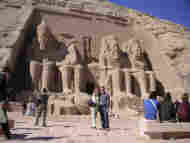 abusimbel/j006.jpg
abusimbel/j006.jpg
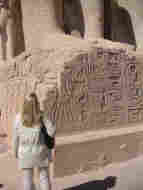 abusimbel/j007.jpg
abusimbel/j007.jpg
 abusimbel/j008.jpg
abusimbel/j008.jpg
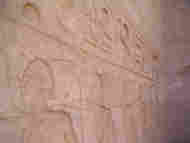 abusimbel/j009.jpg
abusimbel/j009.jpg
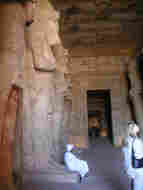 abusimbel/j010.jpg
abusimbel/j010.jpg
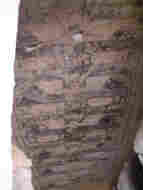 abusimbel/j011.jpg
abusimbel/j011.jpg
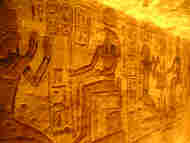 abusimbel/j012.jpg
abusimbel/j012.jpg
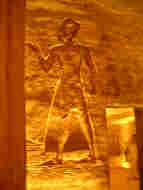 abusimbel/j013.jpg
abusimbel/j013.jpg
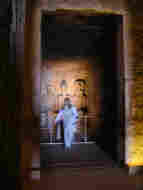 abusimbel/j014.jpg
abusimbel/j014.jpg
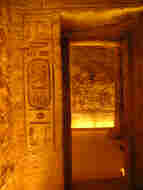 abusimbel/j015.jpg
abusimbel/j015.jpg
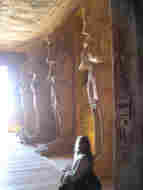 abusimbel/j016.jpg
abusimbel/j016.jpg
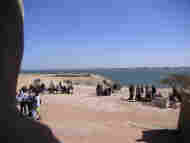 abusimbel/j017.jpg
abusimbel/j017.jpg
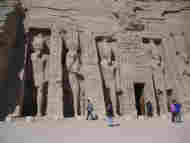 abusimbel/j018.jpg
abusimbel/j018.jpg
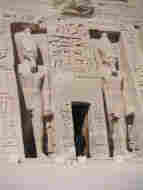 abusimbel/j019.jpg
abusimbel/j019.jpg
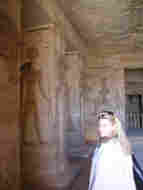 abusimbel/j020.jpg
abusimbel/j020.jpg
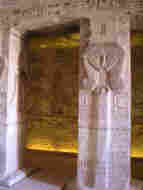 abusimbel/j021.jpg
abusimbel/j021.jpg
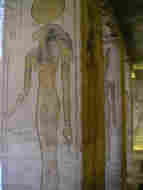 abusimbel/j022.jpg
abusimbel/j022.jpg
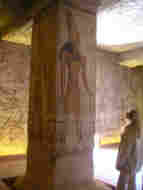 abusimbel/j023.jpg
abusimbel/j023.jpg
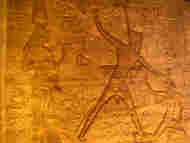 abusimbel/j024.jpg
abusimbel/j024.jpg
 abusimbel/j025.jpg
abusimbel/j025.jpg
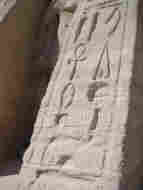 abusimbel/j026.jpg
abusimbel/j026.jpg